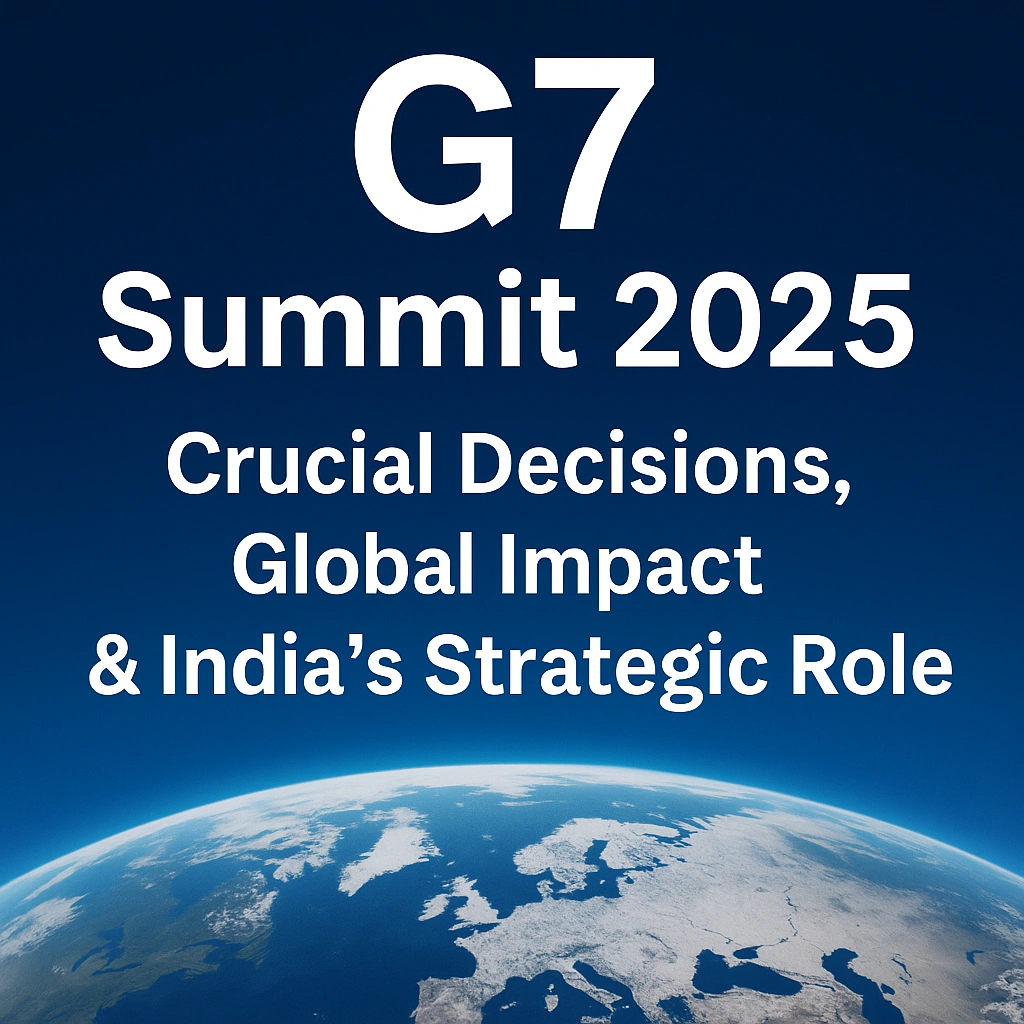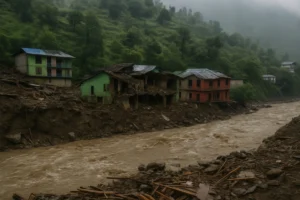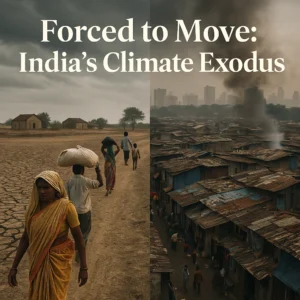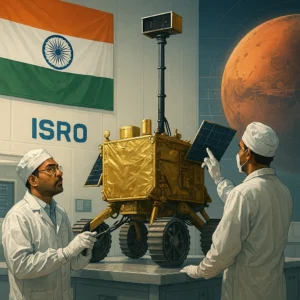“G7 Summit 2025: Bold Decisions, Global Challenges & India’s Rising Influence”

Official graphic representation of the G7 Summit 2025, showcasing key themes including global impact and India's participation.
“The G7 Summit 2025, held in Canada, brought together the world’s top economies to discuss urgent global challenges from climate action to economic recovery. This year’s summit carried special significance for India, which played a prominent role on key issues.” Set against the breathtaking backdrop of Canada’s Rocky Mountains, the 2025 G7 Summit kicked off this week in Kananaskis, Alberta. This high-stakes gathering brought together the leaders of the world’s most advanced economies to confront mounting global challenges—from war zones to climate emergencies to fragile economic recovery. But this year, the summit is drawing more attention than usual—not only for the issues on the table but also for the key players sitting around it.
One of those players is India, invited as a guest nation and represented by Prime Minister Narendra Modi. For India, this isn’t just a diplomatic courtesy—it’s a recognition of growing global influence and an opportunity to step deeper into the circle of strategic decision-makers shaping the world order.
Table of Contents
A Summit Defined by Uncertainty
The G7 Summit 2025 arrives at a moment of intense global strain. With the return of Donald Trump to the White House, Western alliances are once again being tested. His arrival in Kananaskis stirred memories of past clashes at global forums, where consensus often unravelled under the weight of nationalistic agendas.
Instead of risking another diplomatic breakdown, Canada, as the host nation, chose a different path—replacing the usual joint communiqué with a softer “chair’s summary”. This shift indicates a preference for flexible diplomacy over forced unity, giving room for individual countries to express nuanced views without being bound to a collective statement.
The mood inside the summit was described by observers as careful, deliberate, and even tense at times. One leader reportedly referred to the atmosphere as “walking a tightrope between cooperation and confrontation”.
The Three Big Themes
Canada outlined three central priorities for the summit: protecting global communities, securing the digital and energy future, and forging partnerships for long-term growth.
1. Protection Against Global Threats
This pillar covered everything from the surge in wildfires and natural disasters to the rise in geopolitical tensions and cyberattacks. Leaders discussed how democracies can better coordinate in times of crisis, including sharing resources and early-warning systems.
2. Energy and Digital Transformation
With critical minerals becoming the new oil, much of the focus turned to securing stable, ethical supply chains for lithium, cobalt, and rare earths. These materials are essential for building batteries, electric vehicles, and AI infrastructure. Alongside minerals, digital threats and opportunities also took centre stage, especially the regulation of AI and the responsible rollout of quantum technologies.
3. Strategic Partnerships Beyond the West
Canada and other G7 nations emphasised the importance of working with a broader group of countries—not just fellow Western powers—to stabilise trade, climate initiatives, and global infrastructure. This is where India’s presence played a crucial role.
“India’s Key Role at the G7 Summit 2025”
Prime Minister Modi’s appearance at the G7 Summit 2025 wasn’t a last-minute addition it was a carefully calculated diplomatic signal. India is now the world’s fifth-largest economy, and its influence spans technology, defence, energy, and diplomacy. The invitation reflected a recognition that no major global conversation whether about climate, digital trade, or regional security can be complete without India at the table.
For India, the summit offered a platform to advocate for fairer technology sharing, more balanced global investment, and a multipolar world order where countries outside the traditional West have a greater say.
While domestic politics in some nations questioned India’s inclusion due to past tensions, particularly involving security incidents abroad, the broader consensus among leaders was clear: India’s cooperation is essential in navigating the global challenges of this decade.
India–Canada Relations: A Diplomatic Reset?
India’s presence was especially noteworthy given the strained relations with the host nation in recent years. The two countries had seen a diplomatic chill over sensitive issues, including allegations of foreign interference and the handling of internal security cases.
However, the tone this week was notably different. Behind closed doors, both sides engaged in quiet, constructive dialogue. Security cooperation, anti-terror intelligence sharing, and trade facilitation were reportedly among the points discussed. One senior official remarked that “the time has come to move past rhetoric and work toward results.”
It’s a pragmatic reset rather than a dramatic reconciliation—but one that may open the door to deeper bilateral cooperation in the future.
You can also read Chandrayaan-4 Launch: India’s Quiet Bid to Reach Mars
Global Flashpoints: Ukraine, Gaza, and More
Of course, the elephant in the room at this summit was the ongoing war in Ukraine and renewed hostilities in the Middle East. While leaders remained publicly united in calling for ceasefires and humanitarian corridors, private discussions revealed diverging strategies.
Some nations advocated for intensified economic pressure on aggressors, while others urged for a more balanced diplomatic route that brings in regional powers. The presence of invited leaders from Africa, South America, and Asia added layers to the conversation, highlighting that the world’s crises no longer occur in silos—and solutions can’t be forged by a few nations alone.
India’s Broader Role: More Than Just a Guest
During the summit, Modi held bilateral meetings with several heads of state, including the leaders of France, Germany, and Japan. Talks reportedly focused on clean energy collaboration, semiconductor manufacturing, and joint efforts in disaster management.
India also participated in roundtable discussions on climate resilience, where it pushed for more equitable access to green technologies and fair climate financing for developing nations.
On the sidelines, India’s growing tech diplomacy came into focus. There was considerable interest in India’s expanding digital payment ecosystem, with multiple countries expressing a desire to adopt or integrate with UPI-style systems.
The Takeaway: A Summit That Signals Change
While the 2025 G7 Summit may not end with grand declarations or major treaties, its impact lies in something more subtle yet powerful—a shift in global structure.
This year, we saw a blend of old alliances and emerging partnerships. We saw diplomacy under pressure, but also creativity in how it’s managed. And we saw India’s evolution from an observer to a contributor in shaping global decisions.
As the summit wraps, one message is clear: the world’s future won’t be decided solely in Washington, London, or Paris. It will be shaped in New Delhi, too—and in the voices of many others who were once left out of the room.
The G7 Summit 2025 is more than just another diplomatic gathering — it comes at a time when global economic recovery, climate urgency, and geopolitical tensions are converging. For India, participation in the G7 Summit 2025 signifies not just symbolic presence, but a strategic opportunity to influence conversations around digital governance, sustainable growth, and global South cooperation.
Also read Chandrayaan-4 to launch in 2027






